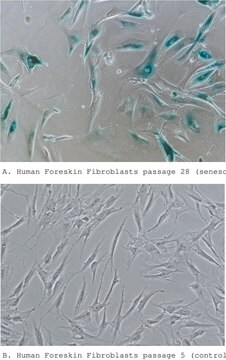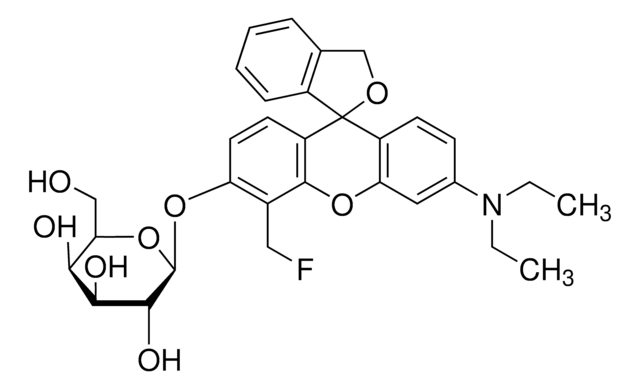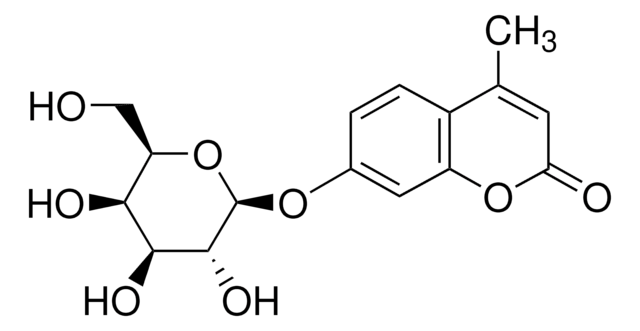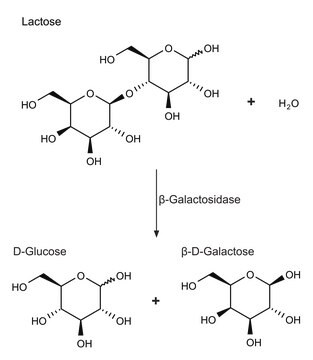GALS
β-Galactosidase Reporter Gene Staining Kit
Sinónimos:
β-galactosidase, LacZ
About This Item
Productos recomendados
usage
kit sufficient for 100 tests (using a 3.5 cm dish)
Quality Level
technique(s)
microbe id | staining: suitable
shipped in
dry ice
storage temp.
−20°C
General description
Application
- sagittal brain sections in histoenzymology
- pancreas or colon sections in β-galactosidase reporter gene assay
- mice E10.5 -11.5 embryo and embryo sections
Other Notes
Related product
signalword
Danger
Hazard Classifications
Acute Tox. 3 Inhalation - Acute Tox. 4 Dermal - Acute Tox. 4 Oral - Aquatic Chronic 3 - Carc. 1B - Eye Dam. 1 - Flam. Liq. 3 - Muta. 2 - Resp. Sens. 1 - Skin Corr. 1B - Skin Sens. 1 - STOT SE 3
target_organs
Respiratory system
supp_hazards
Storage Class
3 - Flammable liquids
flash_point_f
132.8 °F
flash_point_c
56 °C
Certificados de análisis (COA)
Busque Certificados de análisis (COA) introduciendo el número de lote del producto. Los números de lote se encuentran en la etiqueta del producto después de las palabras «Lot» o «Batch»
¿Ya tiene este producto?
Encuentre la documentación para los productos que ha comprado recientemente en la Biblioteca de documentos.
Los clientes también vieron
Nuestro equipo de científicos tiene experiencia en todas las áreas de investigación: Ciencias de la vida, Ciencia de los materiales, Síntesis química, Cromatografía, Analítica y muchas otras.
Póngase en contacto con el Servicio técnico














